A long time ago, in a galaxy far, far away…
Once in a while, an attraction comes around and the entire industry seems to pivot. Landmark rides shift the consciousness at Imagineering and its peers, enabling parks to see new technologies, new storytelling techniques, and new direction firsthand. Groundbreaking, beloved, and known by generations, these sensational headliners start as must-sees and become legends… or in this case, a Lost Legend.

A long time ago indeed, one such ride reshaped Disney Parks from the ground up. STAR TOURS was more than just a cutting edge E-Ticket thrill ride sending guests on a wayward trip to Endor, it was a reinvention of the formula; an intentional test to experiment with a new way of doing things at Disney Parks; the debut of a never-before-seen ride system that would redefine thrill rides. While you probably already know the ending, you won’t believe the story that gets us there…
And before we head off, remember that you can unlock rare concept art and audio streams in this story, access over 100 Extra Features, and recieve an annual Membership card and postcard art set in the mail by supporting this clickbait-free, in-depth, ad-free theme park storytelling site for as little as $2 / month! Become a Park Lore Member to join the story! Until then, let’s start at the beginning…
Star Tours announces the boarding of the Endor Express, non-stop Starspeeder service to the moon of Endor. All passengers please prepare for immediate boarding.
Liquid Space
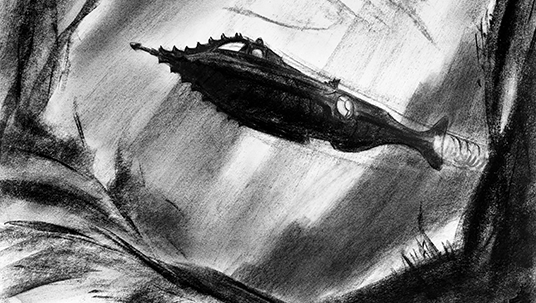
You never can tell where the story of an Imagineering classic will begin, and when it comes to Star Tours’ flight to space, the answer might be a surprise. In fact, as far back at the early 1970s, Disney Imagineers had been playing with the concept of what would become the motion simulator.
At the time, the idea was the brainchild of Tony Baxter. Baxter is best recalled today as the first in a “second generation” of Imagineers – a wave of twenty-somethings that joined Disney in the late ’60s in the company’s lead-up to the opening of Walt Disney World. In fact, Baxter graduated from Cal State Long Beach in 1969 and was pretty quickly admitted to the ranks of Imagineering (from his former posts as a Main Street ice cream scoop and a ride operator on Disneyland’s Submarine Voyage, mind you).
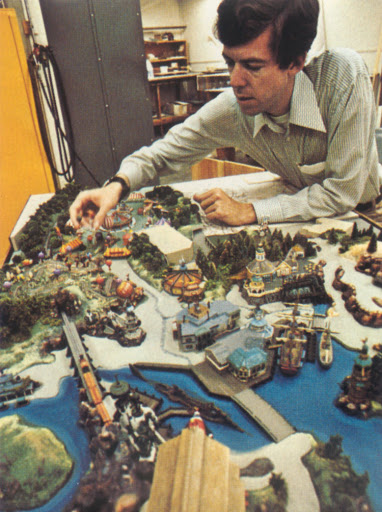
Right from the start, Tony’s first project was working alongside Disney Legend Claude Coats on adapting that Submarine ride from Disneyland’s Tomorrowland so that it would convincingly fit in Fantasyland at the Magic Kingdom – done by overlaying Jules Verne’s 19th century adventure novel (and Disney’s 1954 film adaptation of it) to become the Lost Legend: 20,000 Leagues Under the Sea.
Frankly, Baxter spent the rest of his prestigious career at Disney trying to infuse more of Verne’s extraordinary voyages into the parks, but his most famous attempt may have been an entire, never-built, lost land once earmarked for Disneyland’s Rivers of America. There, the Possibilityland: Discovery Bay would’ve been a steampunk San Francisco; an ecclectic West Coast port of inventors, immigrants, explorers, and eccentrics.
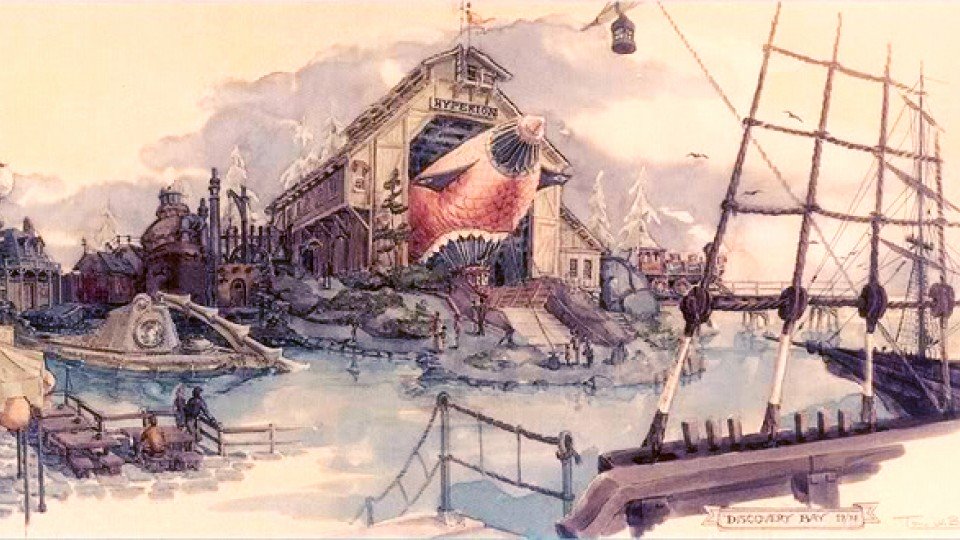
Among its lineup of attractions, it’s said that Baxter and his Imagineering peers imagined an underwater voyage on Nemo’s Nautilus brought to life through simulation. Aboard Captain Nemo’s Adventure, guests seated in “submarine pods” would be jostled in sync with on-ride visuals to create the compelling illusion of truly being underwater. Of course, the technology to make it happen didn’t really exist in the ’70s, and Discovery Bay was never built anyway. But the concept stuck…
From the sea to the stars
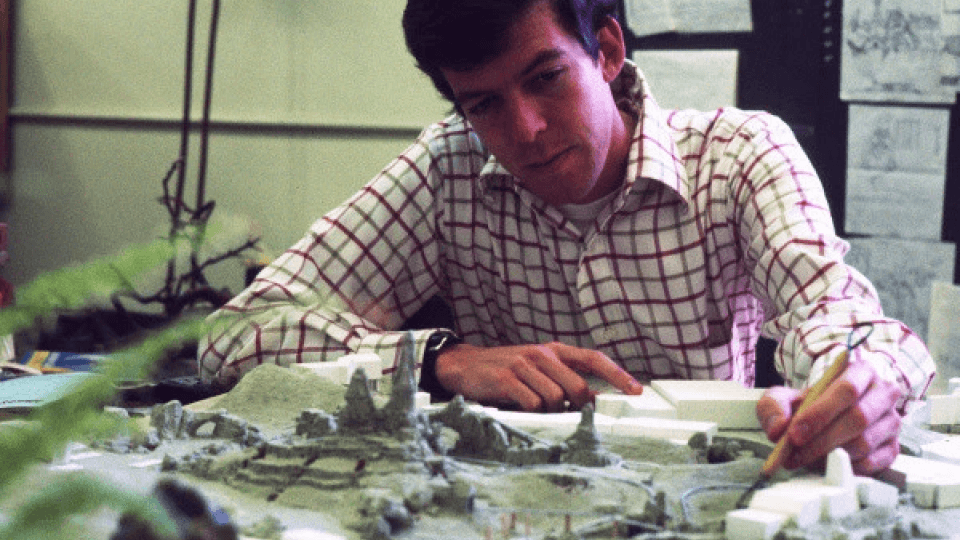
Though Discovery Bay never came to life at Disneyland, one of its core components did. 1979’s Big Thunder Mountain Railroad – born in part of the Possibilityland: The Western River Expedition – proved that Tony Baxter would be a powerful force at Imagineering. Soon after, he then took a leading role in the floor-to-ceiling renovation of Disneyland’s Fantasyland, debuting in 1983 as a storybook European village with each of its dark rides rebuilt from scratch.
Perhaps because he was younger than the “first generation” Imagineers who’d worked alongside Walt, Tony Baxter was also one of the first voices offering that Disney Parks needed to change.
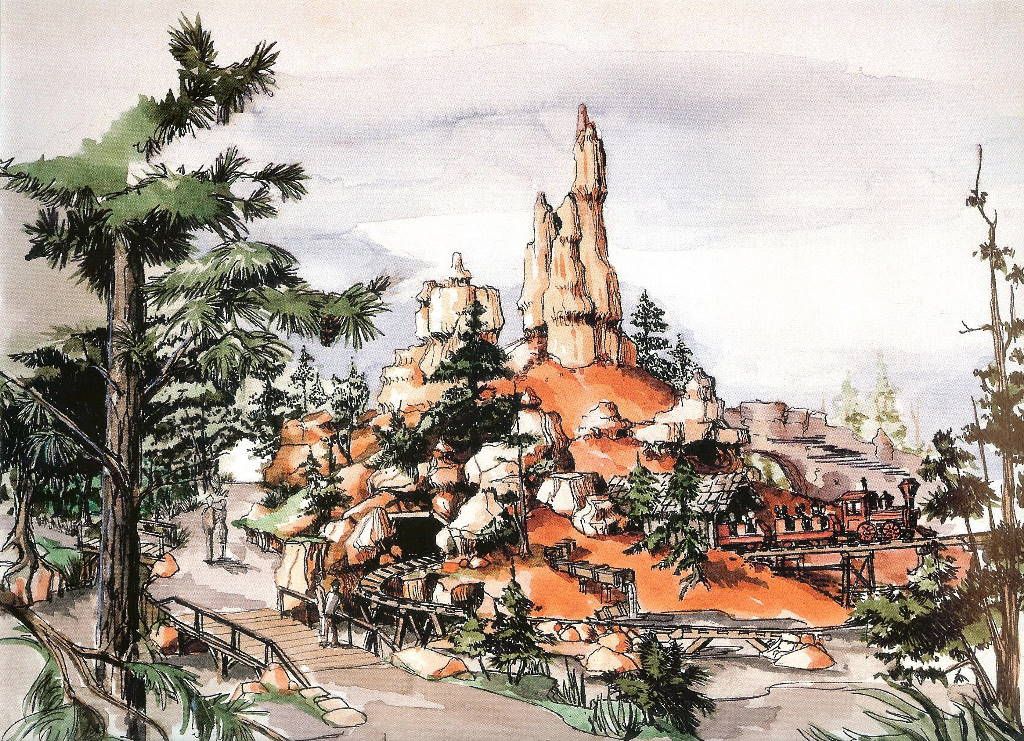
After all, as a lifelong Southern Californian, he’d been at Disneyland as a child! He knew the power of stepping into the stories that mattered to you. And by the late-’70s, that wasn’t Disneyland anymore… Though Big Thunder Mountain could prop up a Frontierland long after Americans’ fascination with Westerns had died out, and Space Mountain could keep a Tomorrowland designed a decade earlier thrilling, it was time to add new life to Disney Parks.
As the story goes, after consulting with then-head of Imagineering Marty Sklar, Baxter was convinced that he ought to talk to then-CEO Ron Miller about the desire to get more current, generational stories into Disney Parks. When the pair sat down in 1983, they discussed adapting films like Disney’s TRON or The Black Hole, but ultimately the sad truth was the Disney just wasn’t making the kinds of generation-defining, box-office-blockbuster films they used to. But someone was…
Stars align

In the 1980s, no one was making more of an impact on pop culture than George Lucas – creator of STAR WARS (with 1977’s A New Hope, 1980’s The Empire Strikes Back and 1983’s Return of the Jedi) plus the emerginging Indiana Jones (1981’s Raiders, 1984’s Temple of Doom, and 1989’s Last Crusade). A media juggernaut, Lucas was creating the the stories that defined the decade… and a generation.
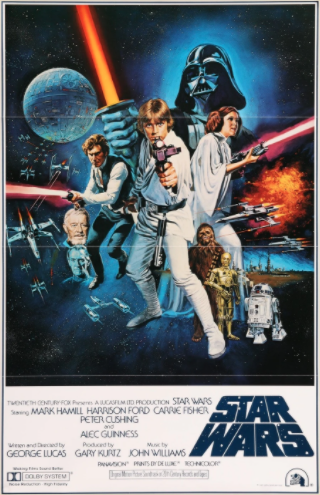
So Ron Miller and Tony Baxter agreed to do something unheard of: reach outside of Disney’s portfolio. Ron invited Lucas to the vineyard he and Diane Disney Miller’s owned, where Baxter was able to pitch the idea of bringing Star Wars to Disneyland. As luck would have it, Lucas was enthralled. As a born-and-bred Californian himself who’d been just 11 years old when Disneyland opened, the park meant a great deal to him, and he eagerly approved Tony and the Imagineering team to draft up some ideas.
Things changed fast at Walt Disney Productions, and just six months after arranging the meeting between Tony Baxter and George Lucas, Ron Miller was forced out of the company. Would it spell the end for a Star Wars attraction? Of course not. As a matter of fact, Ron’s replacement came from the filmmaking industry himself, and he was ready to make the partnership with George Lucas official… Read on…


